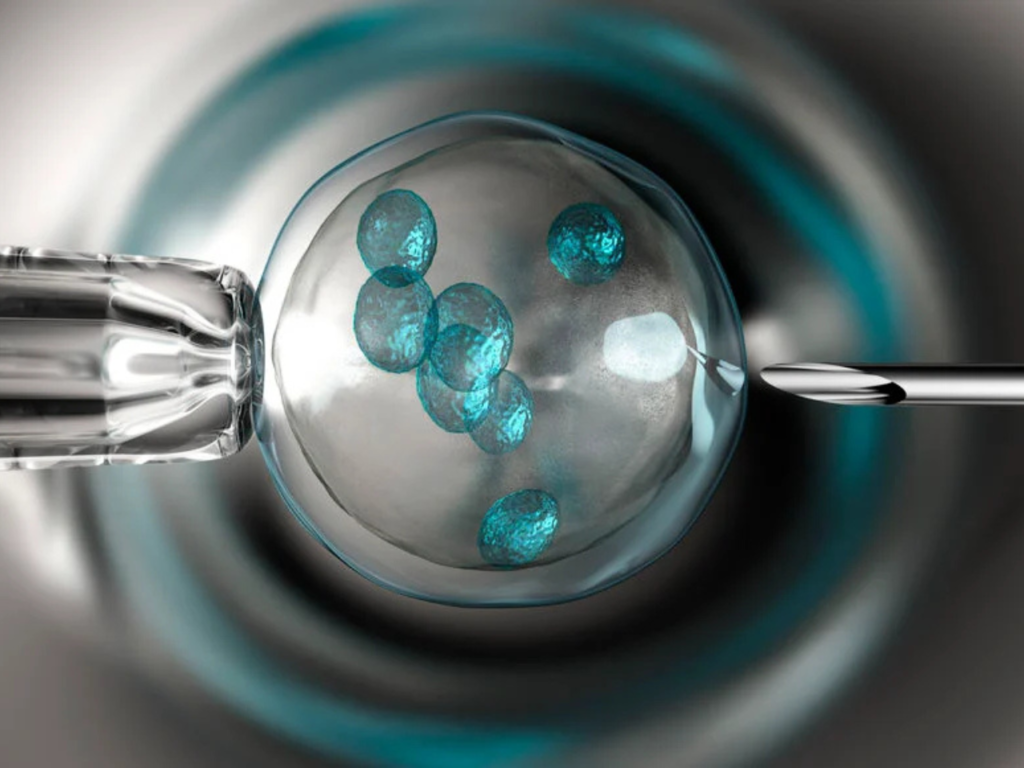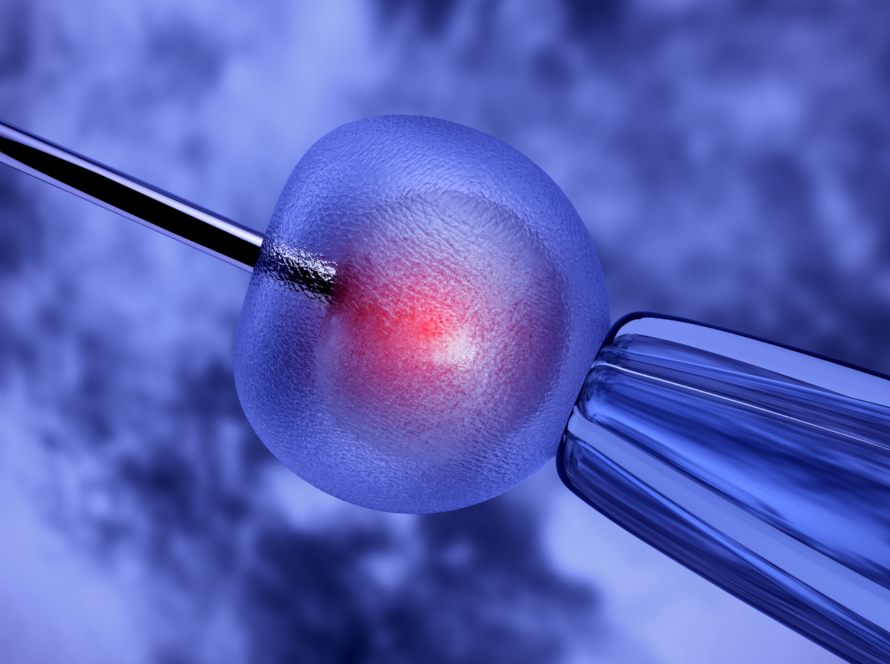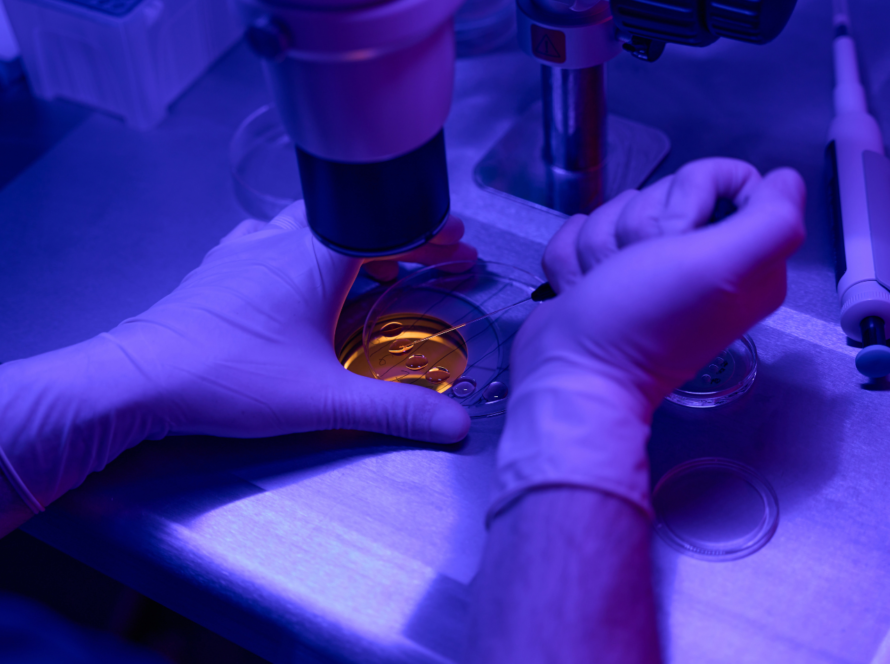What is In Vitro Maturation (IVM)?
In vitro maturation is a fertility treatment that involves collecting immature eggs from the ovaries and allowing them to mature outside the body in a laboratory setting. During traditional IVF, mature eggs are collected after hormonal stimulation of the ovaries, while in IVM Treatments, immature eggs are collected without the use of hormones. The immature eggs are then matured in the laboratory for 1-2 days until they reach the desired stage of development. Once matured, the eggs are fertilized and then transferred back to the uterus.
IVM was initially developed to avoid the potential risks and side effects associated with hormonal stimulation during traditional IVF. The use of hormones can lead to a condition called ovarian hyperstimulation syndrome (OHSS), which can be life-threatening in severe cases. Additionally, women with polycystic ovary syndrome (PCOS) are at an increased risk of developing OHSS, making IVM a safer and more effective option for these individuals.

A Step-by-Step Overview of the IVM Procedure:
Initial Assessment:
Potential candidates undergo a thorough medical evaluation to ensure that the IVM procedure is suitable for them.
Egg Collection:
Unlike IVF, where oocytes are collected after reaching maturity, IVM collects eggs while they are still immature. Eggs are collected transvaginally using a fine needle, typically under ultrasound guidance.
In Vitro Maturation of Oocytes:
Collected eggs are cultured in nutrient-rich media that prompt their maturation.
Maturation in the Lab:
These collected eggs are then matured in a controlled laboratory environment, a process that typically takes about 24 to 48 hours.
Sperm Collection:
A sperm sample is collected from the male partner.
Fertilization:
Post maturation, these eggs are fertilized using sperm, mirroring natural conception.
Embryo Development:
Fertilized eggs develop into embryos in the laboratory over a few days.
Embryo Transfer:
One or more healthy embryos are transferred to the uterus.
How does IVM work?
Hormone suppression:
The woman’s natural hormones are suppressed to prevent premature ovulation.
Egg retrieval:
Immature eggs are collected from the ovaries using a needle under ultrasound guidance.
Egg maturation:
The immature eggs are matured in a laboratory setting for 1-2 days until they reach the desired stage of development.
Fertilization:
Once the eggs are mature, they are fertilized with sperm in the laboratory.
Embryo transfer:
Once the fertilized eggs have developed into embryos, they are transferred to the woman’s uterus for implantation.
Advantages of In-Vitro Maturation:
• Reduced Medication Usage:
IVM requires fewer fertility medications compared to traditional IVF, making it a potentially more comfortable and cost-effective option for some individuals.
• Minimized Risk of Ovarian Hyperstimulation Syndrome (OHSS): Since IVM involves minimal ovarian stimulation, the risk of OHSS, a potential complication in IVF, is significantly reduced.
• Accessibility for Certain Patient Groups: IVM may be a suitable option for individuals with conditions such as polycystic ovary syndrome (PCOS) or those at risk of hormone-related complications.
FAQs About IVM
IVM is ideal for women with polycystic ovary syndrome (PCOS), those at risk of ovarian hyperstimulation syndrome (OHSS), or individuals seeking a hormone-free fertility treatment option.
Unlike IVF, which collects mature eggs after hormonal stimulation, IVM collects immature eggs and matures them in a laboratory, reducing the need for hormone injections.
While IVM is a viable alternative for certain individuals, its success rates may be slightly lower than IVF. However, it is a safer option for women who cannot undergo hormonal stimulation.
Since IVM uses minimal hormones, it significantly reduces the risk of side effects like OHSS. Mild discomfort during egg retrieval may occur but is generally well-tolerated.
The IVM procedure involves 1-2 days for egg maturation in the lab, followed by fertilization and embryo transfer, making it a relatively quick fertility treatment option.



